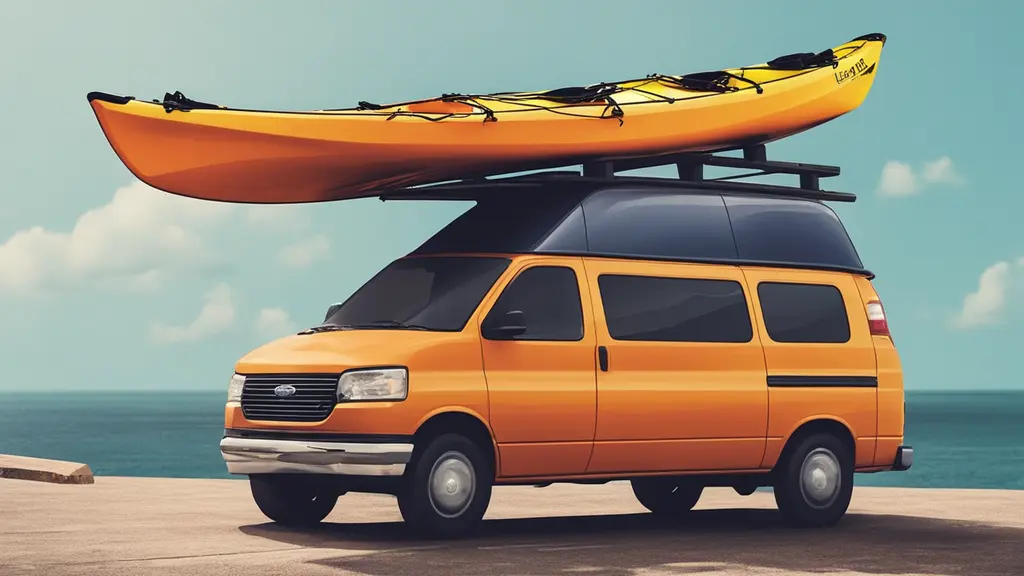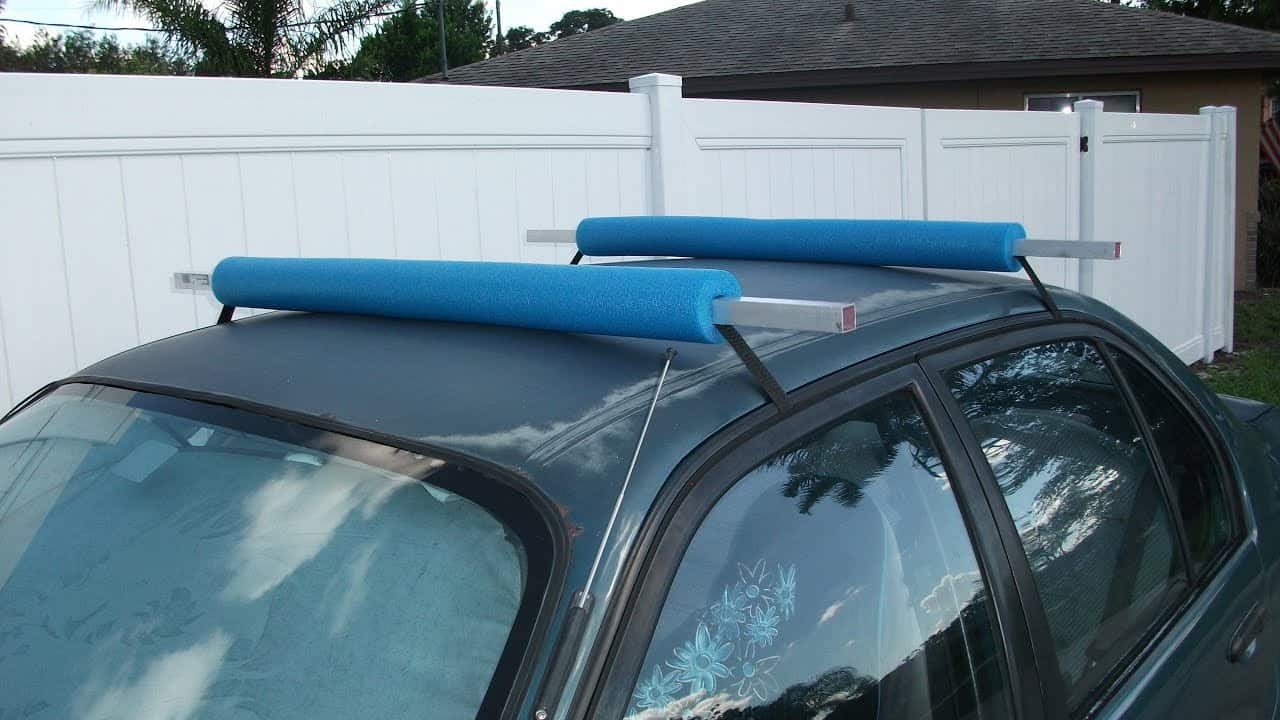Transporting a kayak without a roof rack might seem like a daunting task, but with the right techniques and equipment, it’s completely achievable. Whether you’re an experienced kayaker or a newbie to the world of water sports, this guide will provide you with step-by-step instructions and valuable tips to safely transport your kayak without a roof rack. From essential equipment to securing methods, we’ve got you covered.
Transporting a kayak without a roof rack is a common concern for kayakers who don’t own specialized gear. Roof racks are designed to securely hold kayaks and other equipment, but not everyone has them installed on their vehicles. However, fear not! With the right equipment and proper techniques, you can transport your kayak safely and efficiently.
Necessary Equipment

Before you begin your journey, gather the following equipment to ensure a successful kayak transport:
– Foam Blocks
Foam blocks are a simple and effective solution to create a stable base for your kayak on the roof of your vehicle. They provide cushioning and prevent scratches.
– Cam Straps
Cam straps are essential for securing your inflatable kayak to the vehicle. They’re adjustable, strong, and designed to keep your kayak in place during transportation.
– Towels or Pool Noodles
Towels or pool noodles can be used to create padding between the kayak and the vehicle’s roof. This helps prevent friction and potential damage to your kayak’s hull.
– Ratchet Straps
Ratchet straps offer extra security and are great for larger kayaks. They provide a tight and secure hold, ensuring your kayak stays in place.
– Car Top Carriers
If you’re transporting multiple kayaks or have limited space inside your vehicle, consider investing in car top carriers. These carriers are designed to hold kayaks without a roof rack.
Step-by-Step Guide
Follow these steps to safely transport your kayak without a roof rack:
– Preparation
- Clean your kayak thoroughly to remove any dirt or debris that could scratch your vehicle’s roof.
- Place towels or pool noodles on the roof of your vehicle. These will act as padding and protect both your kayak and the vehicle.
– Positioning the Kayak
- Position foam blocks on the roof of your vehicle. Space them out according to the width of your kayak.
- Lift the kayak onto the foam blocks, ensuring it’s centered and balanced.
– Securing the Kayak
- Run cam straps over the kayak and through the vehicle’s doors. Tighten the straps evenly on both sides to secure the kayak in place.
- If using ratchet straps, loop them through the kayak’s grab handles or other secure points. Tighten the straps using the ratchet mechanism until the kayak is snugly held in place.
- Double-check all straps to ensure they’re tight and secure. Give the kayak a gentle shake to confirm stability.
Tips for a Safe Journey
Ensuring a safe journey when transporting your kayak without a roof rack involves more than just securing it properly:
– Speed and Wind Considerations
- Avoid high speeds, especially on highways, as excessive wind resistance can destabilize the kayak.
- Use caution during windy conditions. Crosswinds can affect the stability of the kayak on the roof.
– Regular Inspection
- Pull over after the first 10-15 minutes of driving to check the straps and kayak’s positioning.
- Periodically inspect the straps and kayak during your journey to make sure everything remains secure.
– Local Regulations
- Be aware of any local laws or regulations regarding kayak transport. Some areas might have specific requirements for securing items to vehicles.
Conclusion
Transporting a kayak without a roof rack might require a bit of extra effort, but with the right equipment and careful execution, it’s a task that you can easily manage. By following the steps outlined in this guide and keeping safety tips in mind, you can enjoy your kayaking adventures without worrying about how to get your kayak to the water. Remember, preparation, proper equipment, and cautious driving are key to a successful and secure kayak transport journey.
Read More about Kayaks:
- What to Wear for Kayaking in Summer
- How to Store a Kayak in the Garage
- What is a Skeg on a Kayak
- What is a Tandem Kayak
- How to Build a Homemade Kayak Launch
- How to Get in a Kayak
- What to Wear for Kayaking?

Meet Hudson, an enthusiastic writer and the Chief Editor at Outdoor Bravo Blog. Hudson’s heart belongs to the world of kayaking and kayaks, fueled by his insatiable love for nature and adventure.
